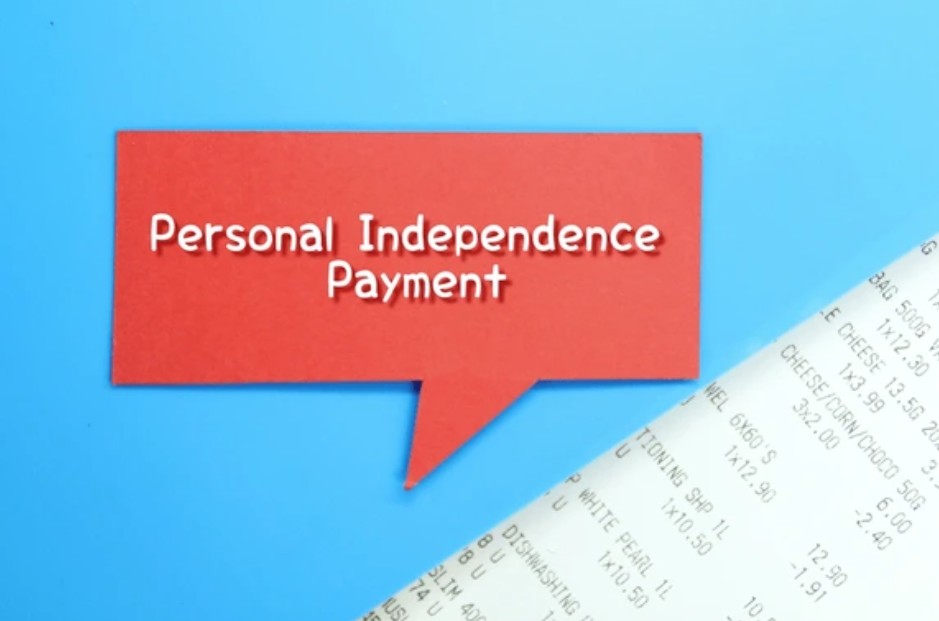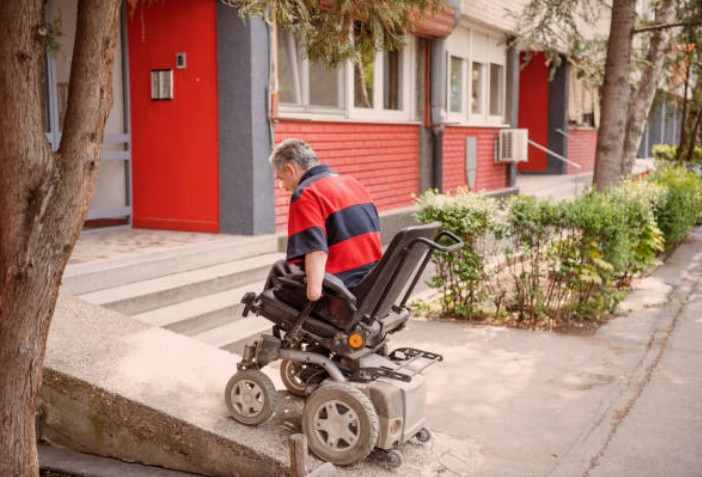If you’re receiving Personal Independence Payment (PIP), you’re already managing the financial impact of a long-term health condition or disability. But many people in the UK ask a crucial follow-up question:
“How much ESA will I get if I get PIP?”
Understanding how these two benefits interact is essential not just for financial planning, but for ensuring you’re not missing out on extra help you’re legally entitled to. This detailed guide explains how ESA (Employment and Support Allowance) and PIP can be claimed together, what you may qualify for in 2025, and how to access additional support through disability premiums and linked benefits.
What Is ESA and Who Can Claim It?
Employment and Support Allowance (ESA) is a benefit provided by the Department for Work and Pensions (DWP) for people who cannot work or face limitations in working due to illness or disability. ESA provides financial support and, where possible, work-related assistance to help individuals get back into employment.
There are two core types of ESA:
- New Style ESA – Based on your National Insurance contributions over the last two to three tax years. This version is not means-tested and can be claimed alongside Universal Credit.
- Income-Related ESA – This is means-tested and considers your income and savings. While it’s no longer open to new claims, many people still receive it. It allows for additional disability premiums if you meet the qualifying criteria.
Note: If you’re making a new claim and don’t qualify for New Style ESA, you’ll typically be directed to Universal Credit instead.
What Is PIP and How Does It Work?

Personal Independence Payment (PIP) is a non-means-tested benefit aimed at helping individuals cope with the extra daily costs of living with a disability or long-term health issue. PIP can be claimed whether or not you’re working, and is available to individuals aged 16 to State Pension age.
PIP is split into two parts:
- Daily Living Component – For support with essential tasks such as preparing food, personal hygiene, managing finances, and communicating.
- Mobility Component – For those who need help with getting around or planning and following journeys.
Each component is paid at two levels:
- Standard Rate
- Enhanced Rate
In 2025, the maximum you can receive from PIP is £187.45 per week, if you are awarded both components at the enhanced rate.
Can You Claim ESA and PIP at the Same Time?
Yes, you can. If you’re receiving PIP, it could increase the amount of ESA you’re eligible for. Many claimants are unaware that receiving PIP can unlock additional premiums under income-related ESA, significantly boosting their overall income.
Because PIP is not classed as income, it won’t reduce your ESA entitlement. Instead, it may increase it if it triggers eligibility for disability-related premiums like the Severe Disability Premium (SDP) or Enhanced Disability Premium.
This means it’s not just about stacking one benefit on top of another – PIP can directly enhance your ESA award under the right circumstances.
How Much ESA Will I Get If I Get PIP?
Let’s explore in detail what you might expect to receive if you’re awarded both ESA and PIP in 2025. The exact figure will vary based on your ESA type, assessment group, age, savings, income, and whether you’re living alone or with a partner or carer.
ESA Assessment Phase (First 13 Weeks)
When you apply for ESA, you enter a 13-week Assessment Phase, where you’ll undergo a Work Capability Assessment to determine your eligibility and which ESA group you fall into. During this time, your ESA payments are basic:
- Under 25 years old: £72.90 per week
- Aged 25 or older: £92.05 per week
You can receive PIP in full during this period with no reduction to your ESA.
ESA Main Phase: Support Group vs Work-Related Activity Group
After your assessment, you’ll be placed into one of the two main ESA groups:
1. Work-Related Activity Group (WRAG)

If the DWP determines that you are currently unfit for work but may be able to prepare for future work, you’ll be placed in WRAG. You won’t be forced to work, but you’ll be encouraged to attend interviews and support sessions.
- Base ESA amount: £92.05
- Additional component: £36.55
- Total weekly ESA (WRAG): £128.60
2. Support Group
This is for individuals with serious health conditions or disabilities that make it unreasonable to expect them to prepare for or return to work.
- Base ESA amount: £92.05
- Support component: £48.50
- Total weekly ESA (Support Group): £140.55
You are not expected to work if you’re in this group, and you are usually entitled to unlimited duration ESA, unlike WRAG claimants.
What Are Disability Premiums and How Do They Work?
If you’re on income-related ESA and receiving PIP, you might also qualify for disability premiums, which can substantially increase your ESA.
1. Enhanced Disability Premium
Available if you’re in the ESA Support Group or receive the enhanced rate of PIP Daily Living.
- Single person: £21.20 per week
- Couple (if one qualifies): £30.25 per week
2. Severe Disability Premium (SDP)
To qualify, you must:
- Receive the daily living component of PIP
- Live alone (or only with other disabled adults)
- Not have anyone claiming Carer’s Allowance for looking after you
- Weekly amount: £82.90
3. Carer Premium
If your partner or someone else caring for you receives Carer’s Allowance, you may also qualify for:
- £42.75 per week
These premiums are not added to New Style ESA, but they can dramatically increase your income-related ESA award if you qualify.
PIP Rates in 2025
As of April 2025, PIP is paid at the following weekly rates:
Daily Living Component:
- Standard Rate: £73.90
- Enhanced Rate: £110.40
Mobility Component:

- Standard Rate: £29.20
- Enhanced Rate: £77.05
These rates are paid independently of ESA, and receiving them will not reduce your ESA payment—in fact, they may increase it through associated premiums.
Real-World Examples: ESA + PIP Combined Payments
Example 1: Single Person, ESA Support Group + PIP Enhanced Rates
- ESA (Support Group): £140.55
- PIP Daily Living: £110.40
- PIP Mobility: £77.05
- Enhanced Disability Premium: £21.20
- Severe Disability Premium: £82.90
- Total Weekly Income: £432.10
Example 2: Couple, One Claimant on ESA + Standard PIP
- ESA (income-related): £140.55
- PIP Daily Living: £73.90
- PIP Mobility: £29.20
- Enhanced Disability Premium: £30.25
- Total Weekly Income: £273.90
As shown, receiving PIP can increase your ESA through premiums, potentially boosting your weekly income by over £100–£150.
Will ESA and PIP Rates Change in the Future?
Yes, and claimants should stay informed:
- The DWP is continuing to phase in Universal Credit, which will eventually replace income-related ESA. If you’re on ESA with premiums, do not move to UC voluntarily, as you may lose out.
- In 2025–26, the government is reviewing how PIP is awarded, with possible changes to how the Daily Living component is assessed. This could affect new applications in future years.
- ESA assessments may also be overhauled to create a simpler system, especially for Support Group placement, but no firm changes are expected until late 2026 or 2027.
How to Maximise Your Benefits?
To make sure you’re receiving the maximum entitlement:
- Use a benefits calculator like those from Turn2Us or entitledto.
- Keep medical evidence current – GP letters, occupational therapist reports, etc.
- Check for missed premiums, especially if you’ve recently started PIP.
- Seek professional advice from Citizens Advice or a welfare rights specialist.
- Report any changes in circumstances promptly to the DWP.
Final Thoughts: Don’t Leave Money Unclaimed
So, how much ESA will you get if you get PIP? The answer depends on your situation, but for many, it can mean receiving £300–£450+ per week in combined support when all entitlements and premiums are factored in.
With living costs on the rise and financial pressure mounting for disabled individuals and those with long-term health needs, every extra pound counts. If you’re already getting PIP, it’s well worth checking whether you’re receiving the full ESA award—and more importantly, if you’re eligible for disability premiums that you might not have known about.

Leave a Reply